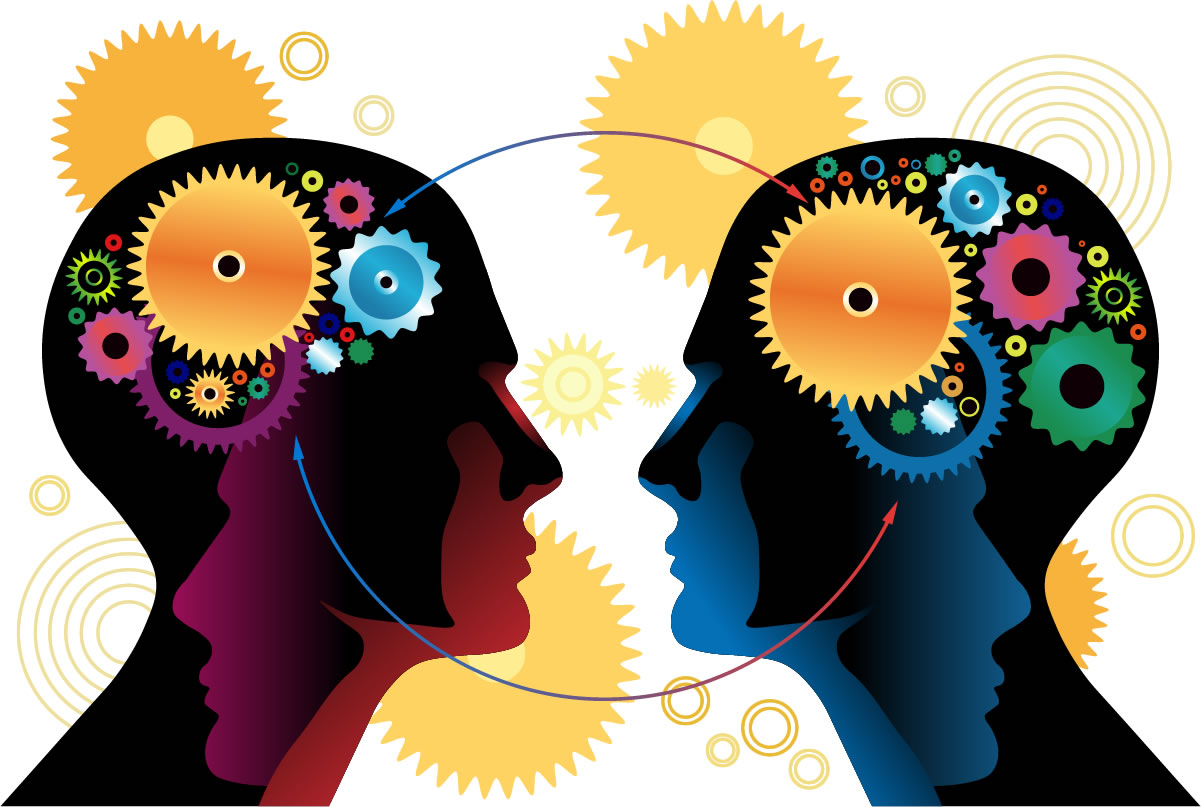Signs and Symptoms
Invisible Signs: Mental and Emotional Symptoms

Mood Changes
Feelings of persistent sadness, irritability or anger, excessive fear or worry or rapid and dramatic shifts in mood or emotions are the most common emotional signs of mental illness in college students. Others include feelings of hopelessness, worthlessness or failure.
Loss of Interest
This is a common sign in college students. People suffering from a mental disorder might exhibit less interest in their usual hobbies and activities. Another common symptom is lack of concentration. These can present in multiple ways, including fatigue and decreased energy.
Harmful Thoughts
This is a very common sign of a severe mental illness, but is not noticeable at first sight. Those who suffer from a mental disorder may have thoughts of self-harming, suicide, homicide, death (in general). This is an important sign to look out for because it can have severe, and long-lasting consequences.
Visible Signs: Physical and Behavioral Symptoms
Abuse of Alcohol or Drugs
A common sign of mental illness is the persisting abuse of alcohol or drugs. This may be a hard sign to recognize in college students. Therefore, it is important to understand the difference between addiction, which is a mental disorder, and substance abuse, which can be indicative of a deeper mental illness.
More information on the differences can be found here: https://www.ashwoodrecovery.com/blog/four-differences-substance-abuse-vs-addiction/
Increased Sensitivity
College students have higher rates of depression and anxiety than much of the population. A common sign can be increased sensitivity to light, sound and touch. This is a difficult symptom to recognize and does not present in every individual suffering from mental health, but is important to note.
Unusual Behavior
Although much of the symptoms discussed here are “unusual,” there are other, less obvious changes in behavior that are very common of mental illness or deteriorating mental health. These include odd, uncharacteristic behavior, such as avoiding friends and social activities, changes in sex drive, and loss of interest in normal hobbies and activities.
Sleep or Appetite Changes
Many people suffering from a mental illness will exhibit changes in their sleeping. Some will sleep excessively, while others may struggle to get enough sleep. This also contributes to the fatigue and decrease in energy. Similarly, many will show changes in appetite. This could be due to an extreme worry about body image, and usually is characterized by under- or over-eating.
Physical Ailments
Headaches, stomach aches, and persistent body aches that occur with no cause are also signs of an underlying mental health condition. Although these are difficult to recognize in others, it is a common sign of the consequences that undiagnosed mental illness can have on the body.
Common Misconceptions and Their Truths
According to MentalHealth.gov, there are many myths people believe about mental health. They bust the myths and provide factual evidence. Below are some of the most applicable myths for college students. Do you know the truth about mental health? For more information, visit: https://www.mentalhealth.gov/
MYTH: Mental illness doesn't affect me or people I know.
Mental illness actually affects 1 in every 5 American adults. They are very common and chances are someone you know suffers from a mental illness. One in 24 suffer from a serious mental illness, which can include bipolar disorder or schizophrenia. So…don’t worry, you aren’t alone.
MYTH: College students don't get mental illnesses. It's just stress!
Children experience mental illness at very early ages. According to recent studies, signs of mental illness usually start showing before the age of 14. Almost all mental illness will develop before the age of 24. Crazy, we know! But, if you are experiencing the above symptoms, it might be more than just stress.
MYTH: Once someone develops a mental illness, there
Recovery can be a long process, but in most cases, people do it. Recovery can mean different things for different people and can include treatment, services, support and other activities. However, people who recover from a mental illness lead normal lives, living, working and, most importantly, managing their disease!
MYTH: I can't help someone with their mental illness.
There are plenty of things you can do as someone in their support circle. You can access these resources by following the button below. Statistics show less than 30% of people who need treatment receive it. Be there for them and offer your help and support. Learn the proper way to help them through their journey to recovery.
What can you do if you believe you or a friend might have a mental illness?
Resources:
MentalHealth.gov (2020). Mental Health Myths and Facts. Mental Health Basics. https://www.mentalhealth.gov/basics/mental-health-myths-facts
National Alliance on Mental Illness. (2020). Warning Signs and Symptoms. About Mental Illness. https://www.nami.org/About-Mental-Illness/Warning-Signs-and-Symptoms
Substance Abuse and Mental Health Services Administration. (2020). Frequently Asked Questions. National Helpline. https://www.samhsa.gov/find-help/national-helpline
